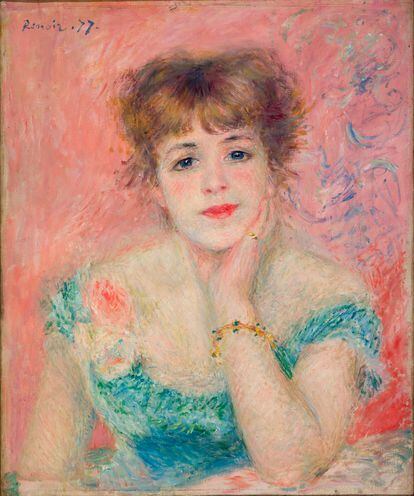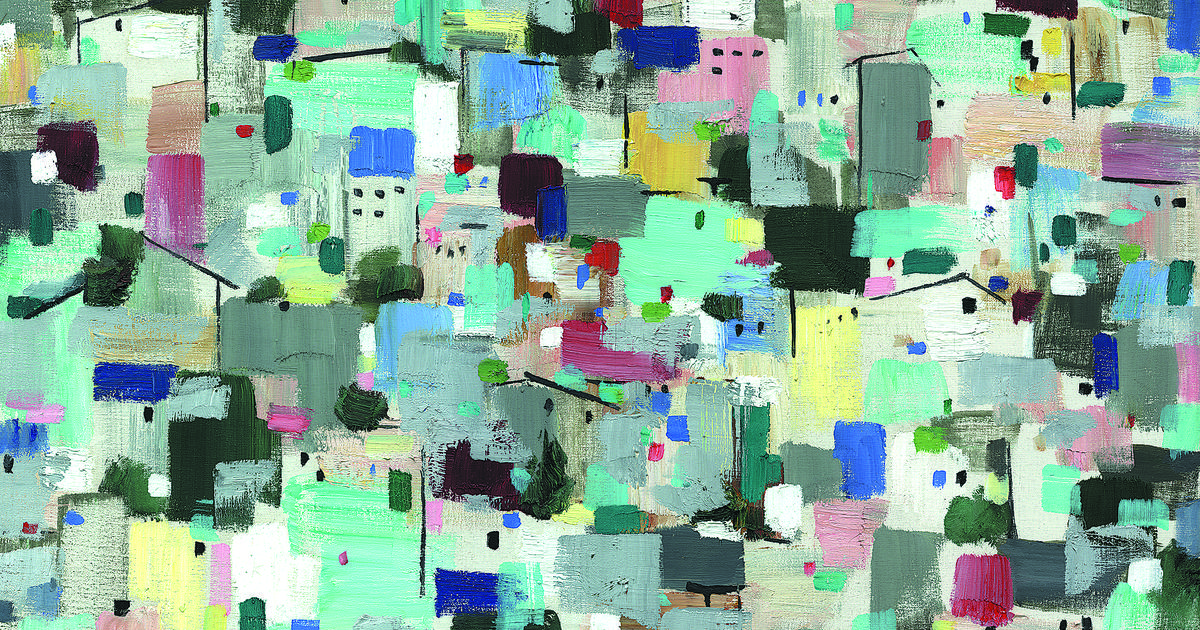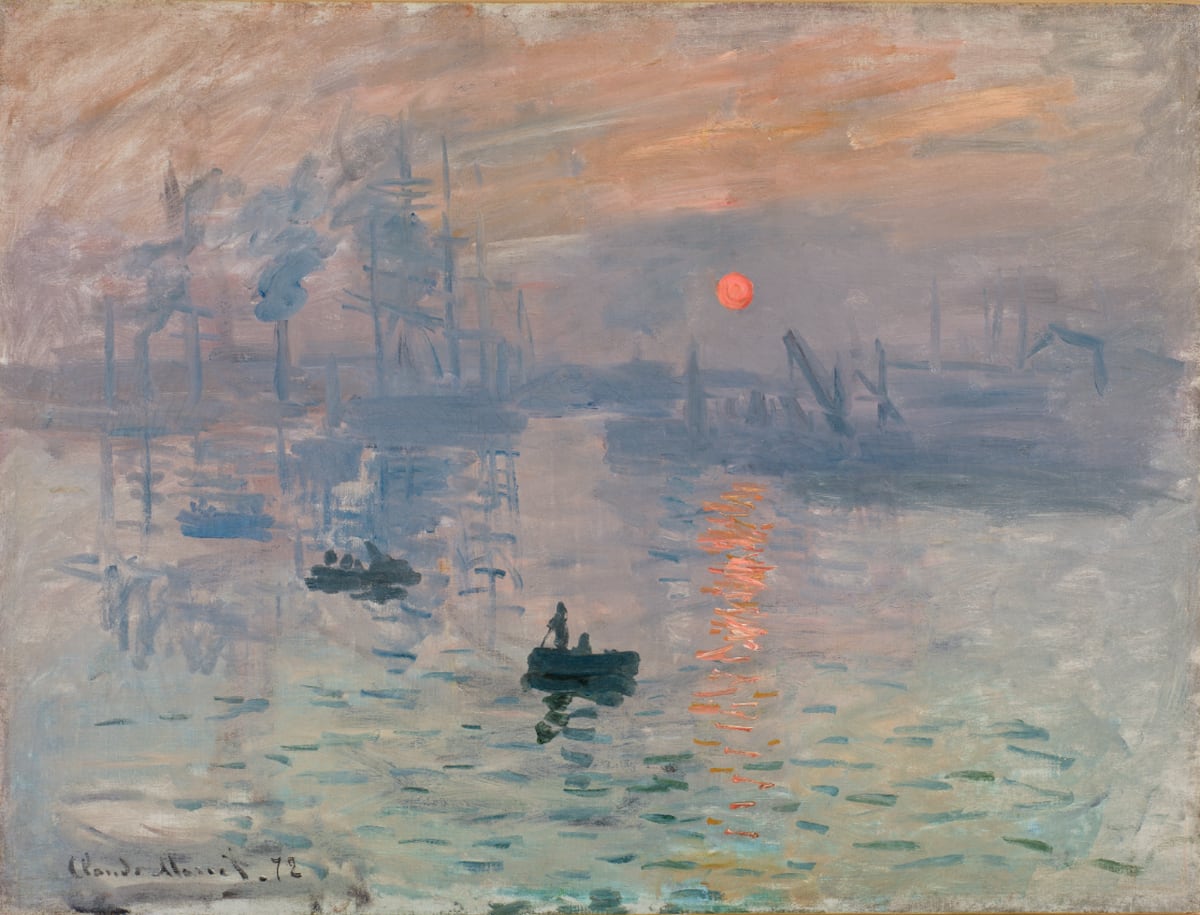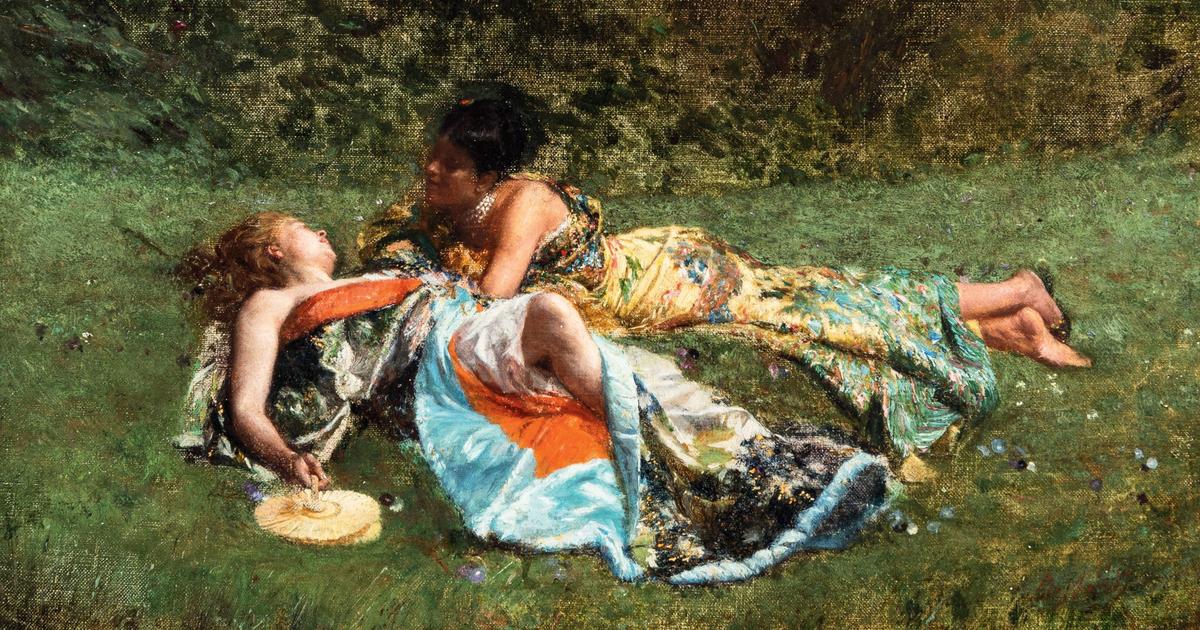The 200 masterpieces that are temporarily exhibited at the Fondation Louis Vuitton in Paris from September 2021 are no strangers to turbulent times.
The pieces on display belong to the Morozov collection, a legacy that has been the victim of multiple crises and reversals in European history since the Russian brothers Iván and Mijaíl Morozov began to acquire, at the beginning of the 20th century, what quickly became one of the main collections of impressionist and modern art in the world.
Nationalized in 1918 by Lenin, it was distributed among several museums in what would become the Soviet Union.
A century later, his fate seems uncertain again, again due to the designs of history:
The Russian invasion of Ukraine has put in the eye of the storm an exhibition that has only been possible thanks to the approval of the Kremlin and in which at least one work is owned by a Russian oligarch now sanctioned by the European Union.
His return to an increasingly politically and economically isolated Russia is also up in the air.
More information
From Dostoevsky's statue to Valery Gergiev's concerts: culture debates how far to cancel Russian artists
The work in question is the
Self
-Portrait of Piotr Kontchalovski (1912) and comes from the private collection of Petro Olegovich Aven, who appears on the blacklist of oligarchs close to Putin whose assets the European Union has ordered to freeze.
This is a problem because France strongly supports international economic sanctions against the Kremlin and its closest entourage.
Could the French State retain or even seize part or all of the sample?
Not at the beginning.
The collection, like any work loaned to France, enjoys special protection: a 1994 law prevents works loaned by "a foreign power, a public community or a foreign cultural institution" from being seized upon arrival in France.
The regulation was born precisely after an incident with other paintings of Russian origin in 1993: the heirs of Matisse tried —unsuccessfully— to seize some paintings of his ancestor belonging to the collection of magnate Sergei Shchukin loaned to the Center Pompidou.
Since then, every time a work temporarily ceded by another country arrives, a decree must be issued to guarantee the “indefeasibility of cultural property” loaned until the end of its exhibition in the national territory.
In the case of the Morozov collection,
'Self-portrait' by Piotr Kontchalovski (1912) is the work exhibited in Paris owned by the Russian oligarch Petro Olegovich Aven.SA
According to art law specialist Olivier de Baecque, the presence of the sanctioned oligarch poses a dilemma: “If it is a loan from a natural person,
a priori
it is not covered [by the decree].
But normally the collections are in organizations like a foundation.
If [the loan] is made through a private cultural foundation, it is covered”, he explains to EL PAÍS.
The fate of another of the works, Le coin favori,
by Jacques Drésa, on loan from the Odessa Museum of Western and Oriental Art,
would also be up in the air if this Ukrainian coastal city ended up falling into Russian hands.
In any case, Baecque stresses, the Ukrainian crisis should not cause a change in the 1994 law because it would set a dangerous precedent.
Its objective is to “give guarantees to lenders in difficult situations to favor loans for exhibitions.
If we start not applying [this law] in certain cases, we are going to unsettle lenders in general.
It is a broader cultural policy issue than the Ukraine issue.”
The exhibition is the latest great cultural commitment of the Louis Vuitton Foundation, promoted by the luxury tycoon Bernard Arnault.
The queues to see jewels such as
Van Gogh's
Prisoners' Round or Henri Matisse's
Moroccan Triptych
have not diminished due to the offensive in Ukraine.
The Morozov collection, which until now had not left Russia, "is still highly appreciated and there are many visitors" despite the invasion, corroborate the Foundation.
The total value of the paintings is estimated at around €2 billion, according to the magazine
Connaissance des arts
.
Although Arnault has decided, like other large luxury houses, to suspend sales of the LVMH brands in Russia, the Foundation is not considering closing the Parisian exhibition early for the time being.
Initially scheduled until February 22, its great reception by the public - it already has a million visitors and aspires to beat the record of the institution (and of any French museum) of the 1.3 million visits that the collection of the also Russian patron Sergei Shchukin in 2017—led to extend it until April 3, a decision made long before Russian troops entered Ukrainian territory.
'Portrait of Jeanne Samary in a Low-cut Dress' (1877), by Auguste Renoir, another work in the Morozov Collection., Courtesy Musee d'Etat des Beaux-Arts Pouchkine, Moscow
Although the Foundation is private and, therefore, its decisions do not have the same political weight as those of the state museums, the continuity of the exhibition, highly questioned on social networks, may end up putting the Emmanuel Government in an uncomfortable situation Macron, since the intervention of the French president and candidate for re-election in less than a month was decisive for the Russian collection to arrive in Paris, as well as that of his Russian counterpart, Vladimir Putin, with whom Macron now maintains his distance and to whom the Elysee accuses of having a "paranoid" speech about Ukraine.
The pair sealed the deal during Putin's summer 2017 visit to Versailles, the same place where European leaders met this week to discuss the crisis.
Proof of this presidential link is the catalog of the Morozov collection, where both Macron and Putin, in letters, celebrate "the bridges that artists and art lovers created between our countries" (Macron) and that "symbolically bring them closer". the Russian president writes to his “French friends”, to the two nations.
The Ministry of Culture has not revealed for the moment if it plans to extend, as it has been doing, the decree that protects the Morozov collection beyond May 15.
The Louis Vuitton Foundation also keeps a low profile and refers any questions to the only statement made so far by Arnault's adviser, Jean-Paul Claverie, to Le Figaro
on February 25
: “Our responsibility is the protection of works.
We will ensure, as we agreed, for their return to their museums.
If the conditions for them to travel safely turn out to be insufficient, we will wait.”
A wait that promises to be long and tense.








